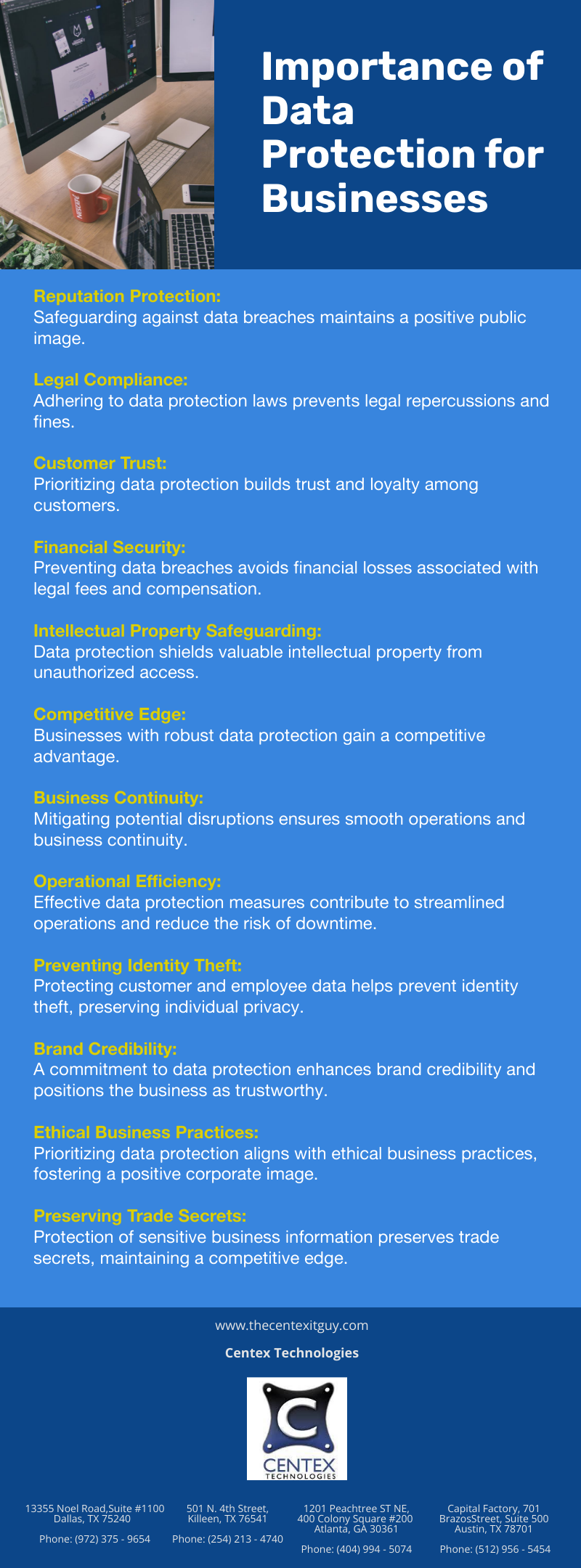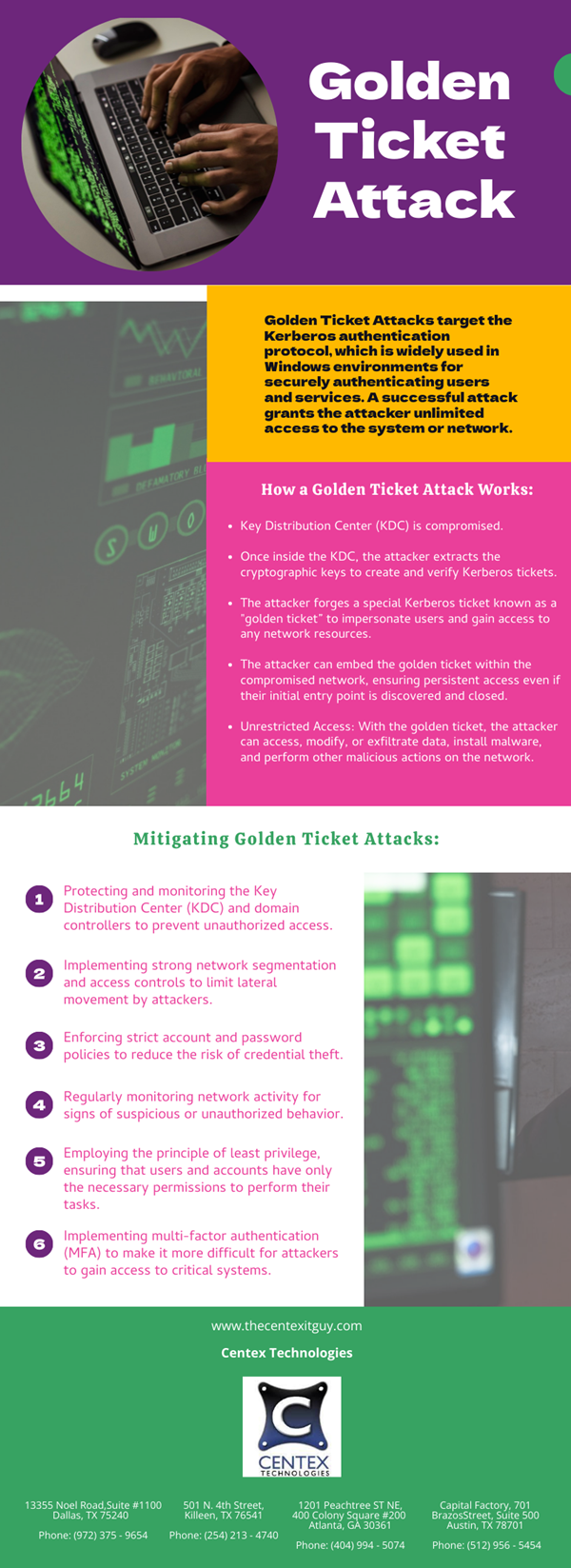Border Gateway Protocol (BGP) serves as a standardized exterior gateway protocol employed to exchange routing and reachability information among distinct autonomous systems (ASes) on the Internet. Its primary purpose is to enable routers within autonomous systems to make informed decisions about the best paths for routing data packets across the interconnected global network.
Key Characteristics of BGP
Path Vector Protocol: BGP, as a path vector protocol, manages a table of network paths and employs a path vector for routing decisions. This vector includes a list of autonomous systems through which data must pass to reach its destination.
Policy-Based Routing: BGP allows network administrators to implement policies that influence routing decisions. These policies can consider factors such as the number of hops, available bandwidth, and preferences for specific paths.
Incremental Updates: BGP employs incremental updates, transmitting only the changes in routing information rather than the entire routing table. This approach conserves bandwidth and enhances the scalability of the protocol.
Strategies for Efficient BGP Routing
Route Aggregation: One key strategy for optimizing BGP routing is route aggregation. By grouping multiple IP prefixes into a single, more generalized route announcement, network administrators can reduce the size of the BGP routing table. This minimizes the overhead associated with processing and exchanging routing information.
Prefix Filtering: Implementing prefix filtering helps in controlling the volume of routing information that BGP processes. By selectively filtering out specific prefixes based on criteria such as prefix length or origin, network administrators can tailor the routing table to meet their specific requirements.
Traffic Engineering: BGP supports traffic engineering, allowing network administrators to influence the flow of traffic across the network. By manipulating BGP attributes such as AS path, local preference, and MED (Multi-Exit Discriminator), administrators can optimize the selection of routes and control the distribution of traffic.
Utilizing BGP Communities: BGP communities enable the tagging of routes with community values, providing a way to group and manage routes collectively. Network administrators can leverage BGP communities to streamline the application of policies and preferences across multiple routes, simplifying the management of complex BGP configurations.
Dampening Fluctuations: BGP route flapping, where routes repeatedly transition between reachable and unreachable states, can contribute to instability. Route dampening is a technique to mitigate these fluctuations by penalizing routes that exhibit excessive flapping, reducing the likelihood of such routes being chosen for routing.
Implementing Route Reflectors: In large-scale BGP deployments, the use of route reflectors can enhance scalability and simplify the management of BGP peer relationships. Route reflectors reduce the need for a full mesh of BGP peer connections, streamlining the exchange of routing information in complex networks.
Efficient and reliable routing is fundamental to ensuring seamless communication between internet networks. By understanding the nuances of BGP and adopting best practices, network administrators can navigate the complexities of Internet routing, ensuring optimal performance and reliability in the global connectivity landscape. For more information on advanced IT systems and network security, contact Centex Technologies at Killeen (254) 213 – 4740, Dallas (972) 375 – 9654, Atlanta (404) 994 – 5074, and Austin (512) 956 – 5454.


